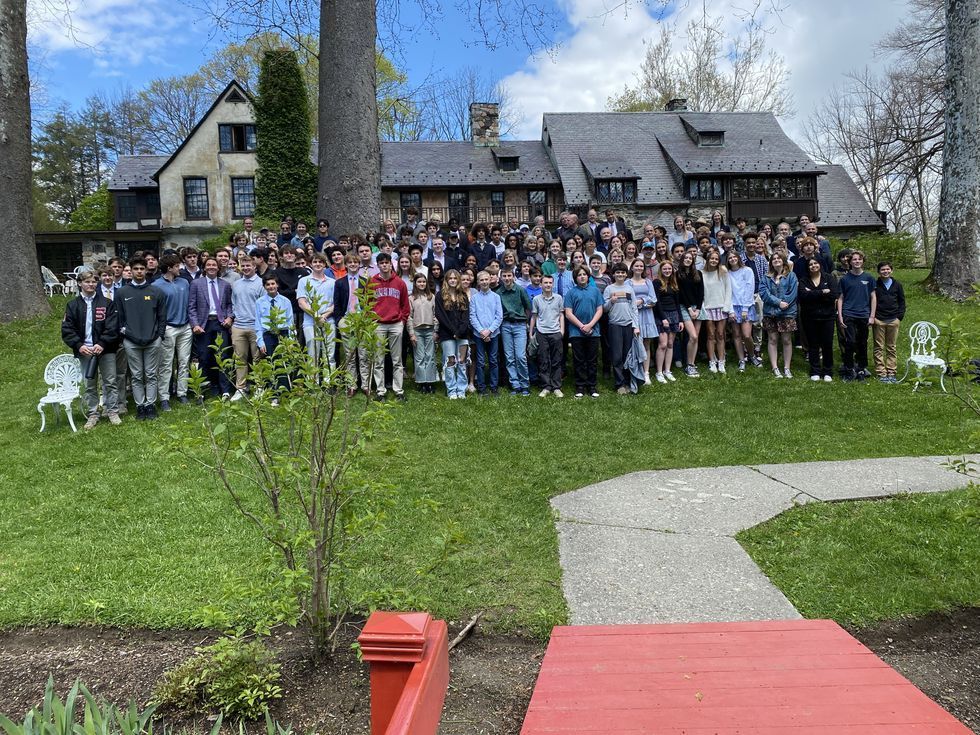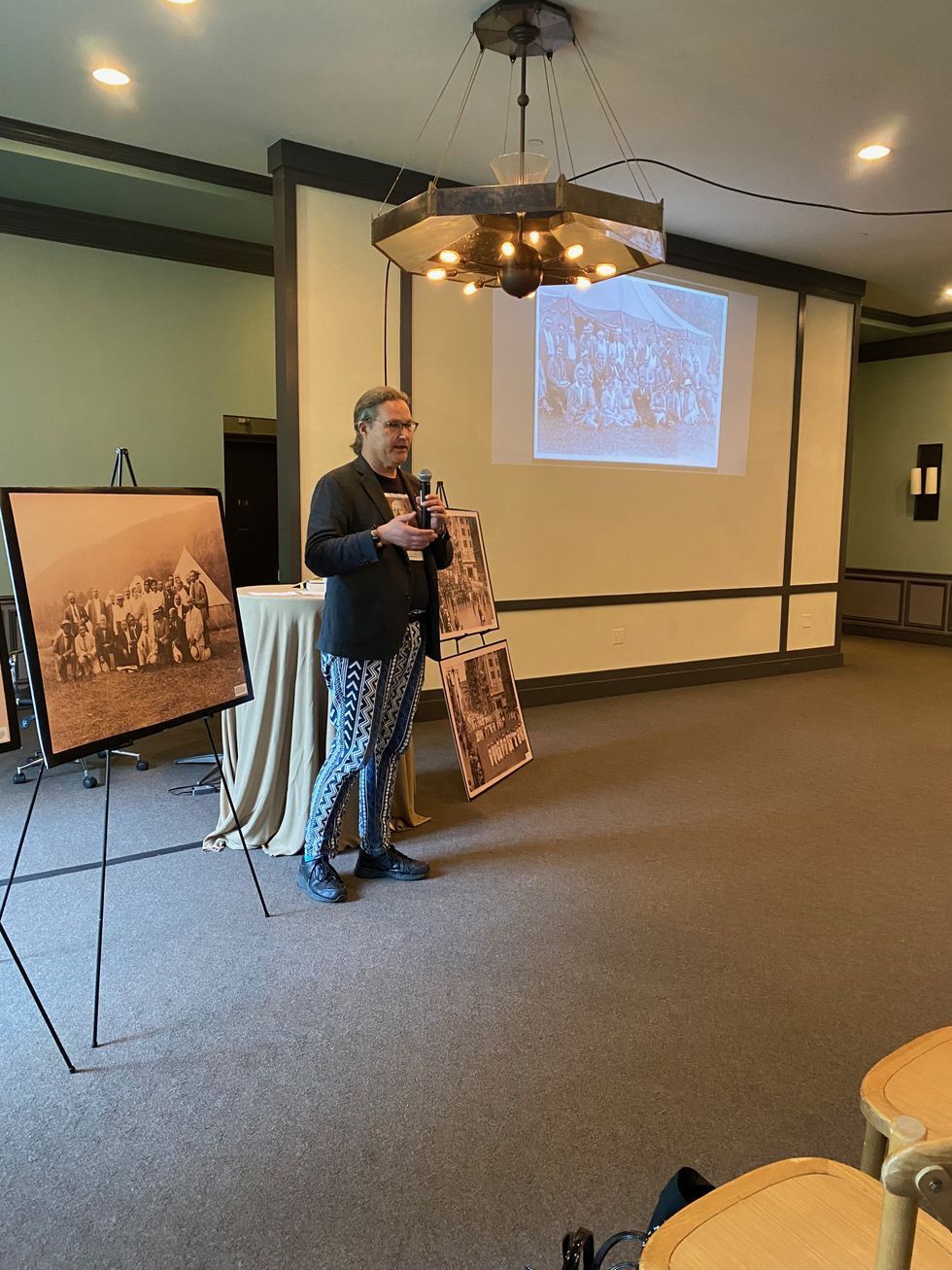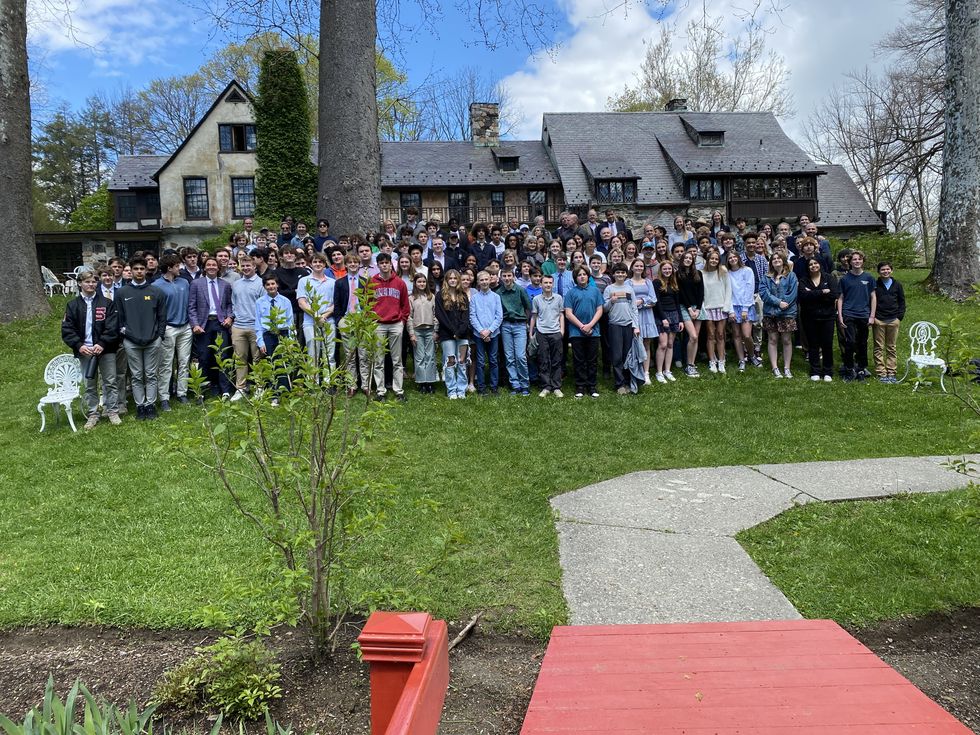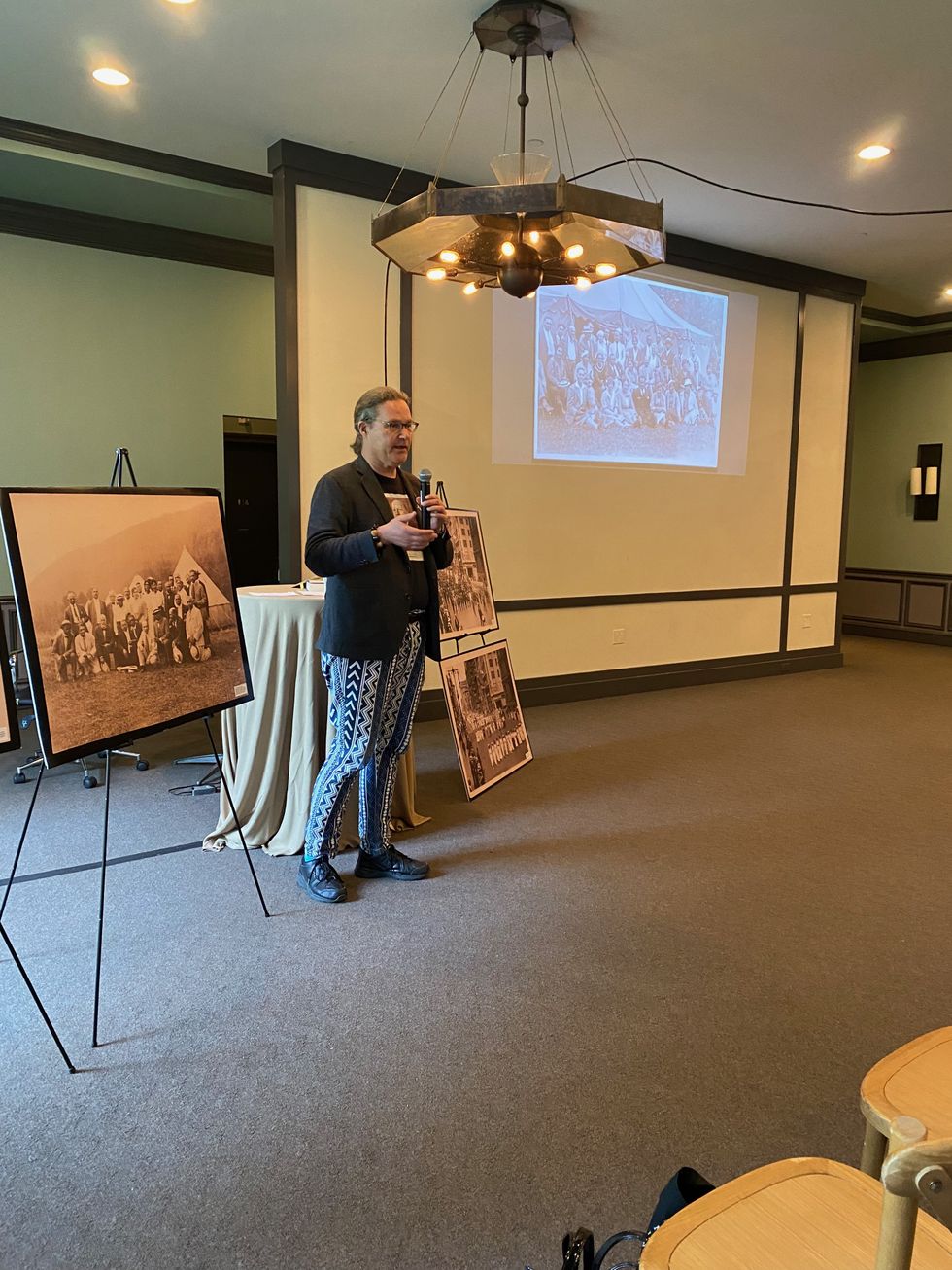Troutbeck Symposium uncovers neglected history

The 2023 Troutbeck Symposium kicked off on Sunday, April 30 with an educators’ session. Prof. Christina Proenza-Coles, University of Virginia, provided historical perspective on native populations and the rise and demise of slavery.
Photo by Leila Hawken







 John Satre, 1927Photo provided
John Satre, 1927Photo provided Ottar Satre, 1931Photo provided
Ottar Satre, 1931Photo provided Magnus Satre, 1932Photo provided
Magnus Satre, 1932Photo provided





